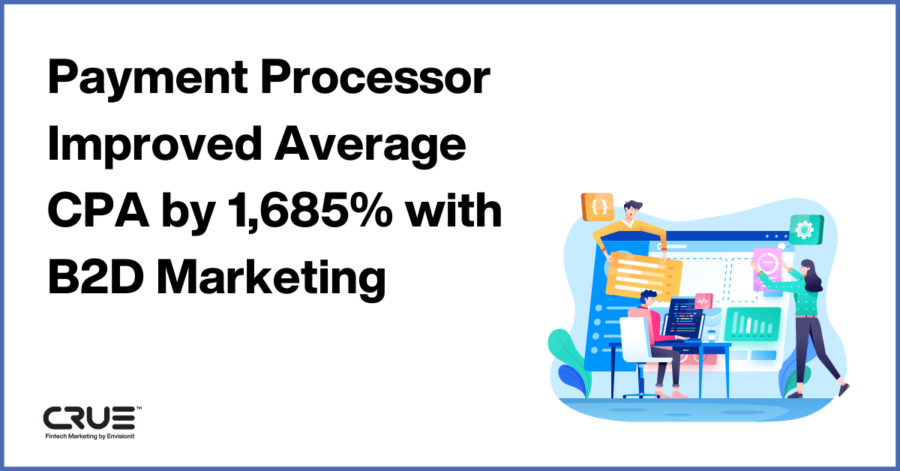AIDA. Yes, it’s a famous opera by Verdi. But it’s also the acronym of the advertising world’s hall-of-fame entry in the sales funnel category—Awareness, Interest, Desire, Action—first coined in 1898, many think, by Elias St. Elmo Lewis.
Often imitated and, let’s face it, pretty much duplicated by hundreds of others over the years (take a second to Google “sales funnel images”), it clearly has staying power.

Every incarnation you can find recognizes that virtually no consumer ever goes instantly from complete unawareness of a product or service to loyal customer-for-life. It’s a process. And understanding where people are along the sales funnel’s continuum always has been, and always will be, crucial to a marketer’s success.
Or will it?
The Medill IMC Spiegel Research Center contends that the AIDA model funnel has been replaced by their very own Consumer Engagement Engine. The thinking is that the old funnel does not account for the always-on, feedback-loopy, omni-channel nature of brand/consumer relationships in today’s digital ecosystems. And they’ve got a point.
Where the marketer used to control the funnel (or thought he did), now the consumer is in charge. A person—let’s call her Cyndi—might hear about a product through a friend’s Facebook post, research it on her own by skimming online reviews from people she doesn’t know, and end up purchasing the product online, all without ever having seen or heard a thing directly from the marketer.
True enough. But didn’t Cyndi still progress from awareness through decision anyway, just on her own without a marketer skillfully guiding her through the process? She did. Spiegel names stages of Observation, Participation and Co-Creation, but aren’t those just updated terms for Awareness/Interest, Interest/Desire, and Desire/Action?
It’s clear that brands and consumers are engaging with each other in complex and evolving ways; the result is an experience, however, and not always a sale. Much is beyond the marketer’s direct control: blog posts, product reviews, memes that go viral, anything-can-happen social media hotspots like Facebook, Snapchat and Tumblr. And yes, co-creation with influencers and user-generated content.
We agree with Speigel that the journey is not always a straight shot down the ol’ funnel, a linear “push” process by the seller. And potential buyers aren’t just waiting around to hear what’s next; instead, they’re engaging one another, with satisfied customers serving as brand ambassadors, influencers, and surrogates for the advertiser (wait a minute, didn’t that just used to be called word of mouth? Same but different, right?).
Perhaps, then, it’s useful to imagine a modified funnel, now fitted with chutes and ladders whereby the consumer enters and leaves the process on their own volition. That said, marketers have access to so much data on consumers and their behavior that we do have ways to recapture their attention even if they’ve oozed through the now sieve-like walls of the funnel. Brands can and do still have an impact on people, even if it’s indirect. It’s important to keep this in mind when considering possible marketing strategies and crafting specific communications and user experiences.
Remarketing is perhaps the handiest example of reconnecting a once-interested prospect, but there are many more. We are limited only by our ability to recognize opportunities, develop targeted campaigns, test tactics to build relationships and, you guessed it, drive sales, ever the ultimate goal.
Much of this may be more a matter of technology and semantics, rather than any fundamental shift in human behavior. So has the classic sales funnel been rendered obsolete? Antiquated? Even extinct? Not if that Google search has anything to say about it.













